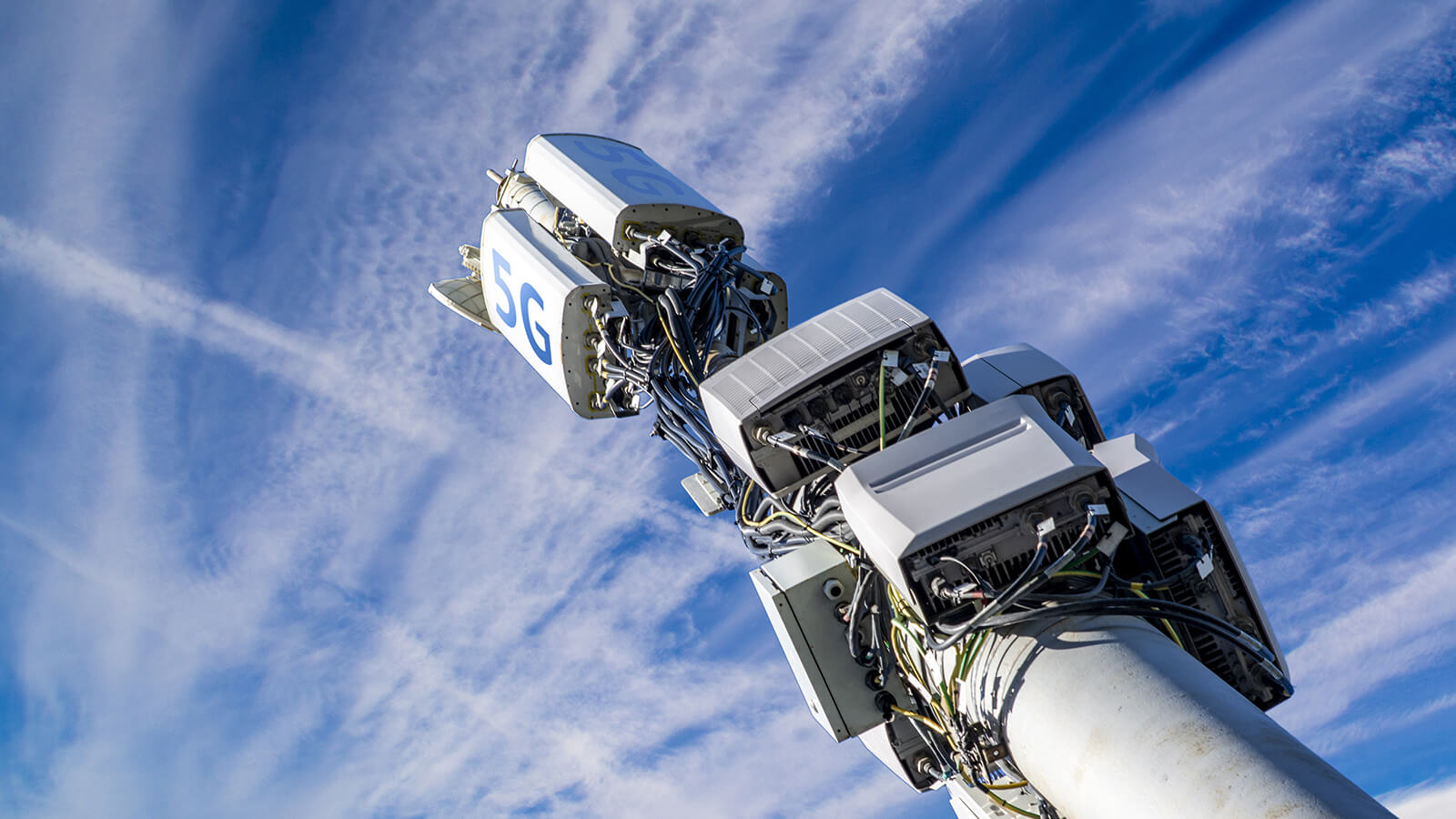Are usually safest distance from the 5G cell Tower system?

If Visit this link 've ever walked through a town you might have noticed tiny mini 5G cell towers placed on poles for street lighting. They look like small boxes, but they're actually broadcasting wireless signals from cell phone providers to your mobile.
The smaller ones are being replaced by larger, purpose-built cell towers. While they're less noticeable, they still can create problems for those who live nearby.
A FCC's Radiation Exposure Thresholds
The FCC's Radiation Exposure Thresholds establish the safe limit at which one can expose to electromagnetic energy generated by wireless devices. The exposure limits are based upon scientific research that show that RF energy could cause harm to health.
The specific absorption rate (SAR) is an indicator of the radiofrequency energy that is absorption by tissues. It is typically 1.6 watts per kilogram, calculated over one Gram of tissue.
But, since 5g operates at higher frequencies, it has the potential to create more energy on the skin as well as other body parts. This can result in many possible harms, such as an increase in appearance of skin disorders such as dermatitis, skin cancer and cataracts.
Due to the potential for negative effects of 5G radiation, PSU has chosen to create a general limits on power density, which is 4mW/cm2 based on the average over 1 cm2, and not exceeding 30 minutes for all 5G services running at 3000 GHz. This limit for localization is in line with the maximum SAR that is spatially averaged at 1.6 W/kg, averaged over one grams of tissues at six GHz.
safe distance to live from cell phone tower for Maximum Exposure
If you've ever used a cell phone, you're probably aware that the safest range from the tower is around 400 meters away. This is due to the power of the transmission of a cell tower increases dramatically the further away your location from the tower.

Although this may sound like an ideal idea however, people who live close to towers could be more prone to health issues. For instance, a study conducted in 2014 in India discovered that people living within 50 meters from cell towers suffered significant more health issues than those who lived farther far from antennas.
But, the study revealed that those who relocated into areas farther away from the cell towers saw their symptoms improve within a few days. Other studies have revealed that exposure to high levels of radiofrequency electromagnetic fields (EMFs) can lead to brain tumors, cancer and other health issues.
This is because RF radiation, which is used in wireless communication can be absorbed by the body's outer layer, called the skin. It is crucial to know because the skin serves as a shield against mechanical injury, infection by pathogenic microorganisms, and the entry of harmful substances. It is also the biggest organ of the human body, and is responsible for protecting other organs.
The FCC's Minimum Exposure Thresholds for the Minimum Exposure
The FCC's Minimum Exposure Thresholds rely on many assumptions that aren't supported by scientific evidence. They include the incorrect belief that exposures to RF radiations are not harmful due to the limited penetration into the body (i.e. the heating of tissues).
The assumption also ignores the deeper penetration of the ELF components of modulated RF signals, as well as the effects of brief bursts of heat caused by RF pulses. These theories are not compatible with the current understanding of biological consequences of RF radiation. Therefore they shouldn't be relied upon for health-protection exposure standards.
Additionally, the ICNIRP and FCC are limiting its maximum levels of radiation exposure for local peak SARs based on the peak frequency of absorption (psSAR) which is not a sufficient dosimetric tool for determining the level of exposure to RF radiation. In particular it is inconclusive when frequencies exceed 6 GHz. Additionally, psSAR hasn't been evaluated for RF radiation with co-exposure to other environmental agents such as sunlight. In what is a safe distance from a 5g cell tower of interactions, RF radiation and other environmental agents could cause synergistic or antagonistic results. This could result in an increased risk of negative health adverse effects. For example, exposure to RF radiation along with exposure to sunlight can cause an increase in the incidence of developing skin cancer, and may also exacerbate other skin disorders, such as acne.
